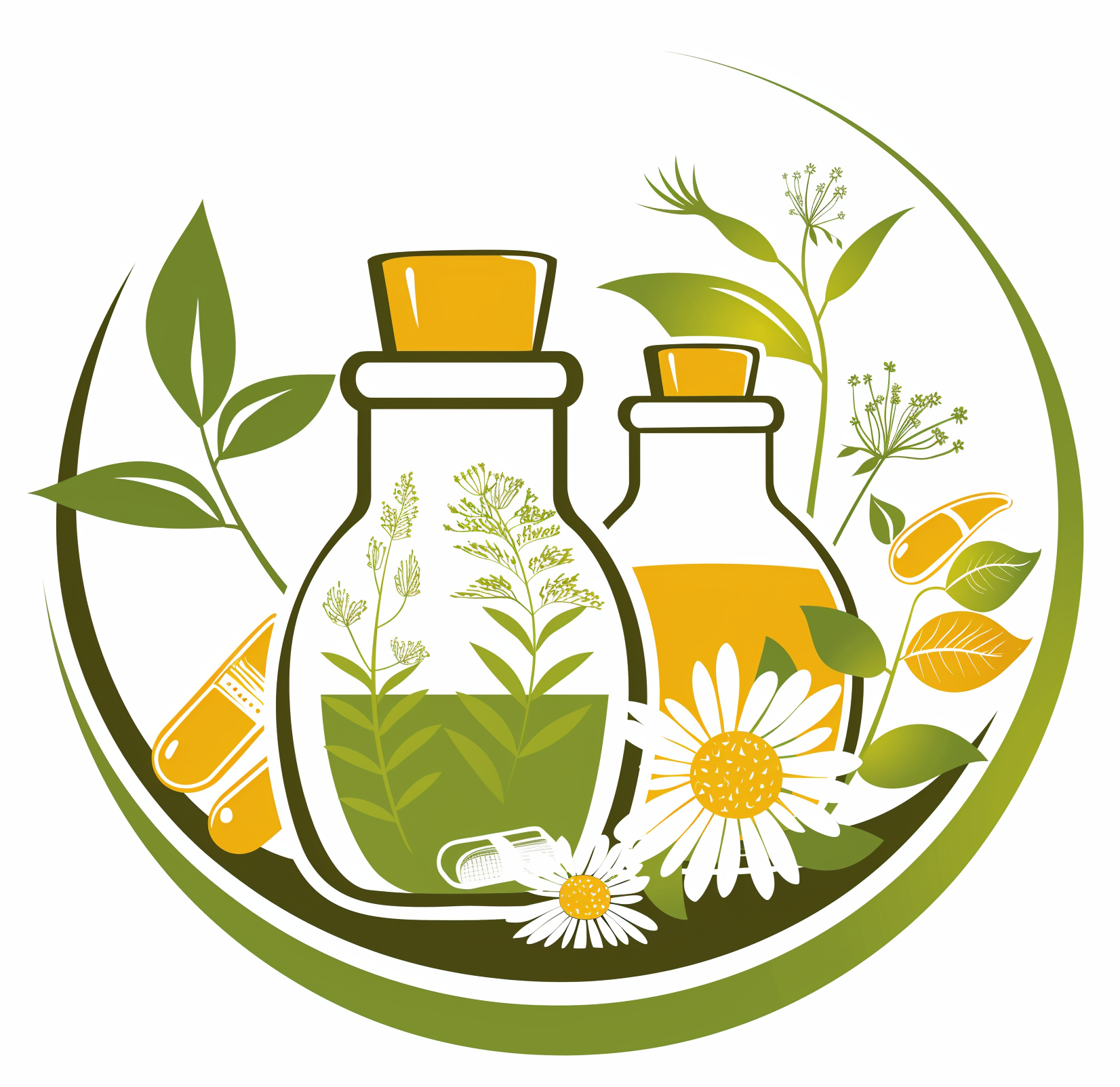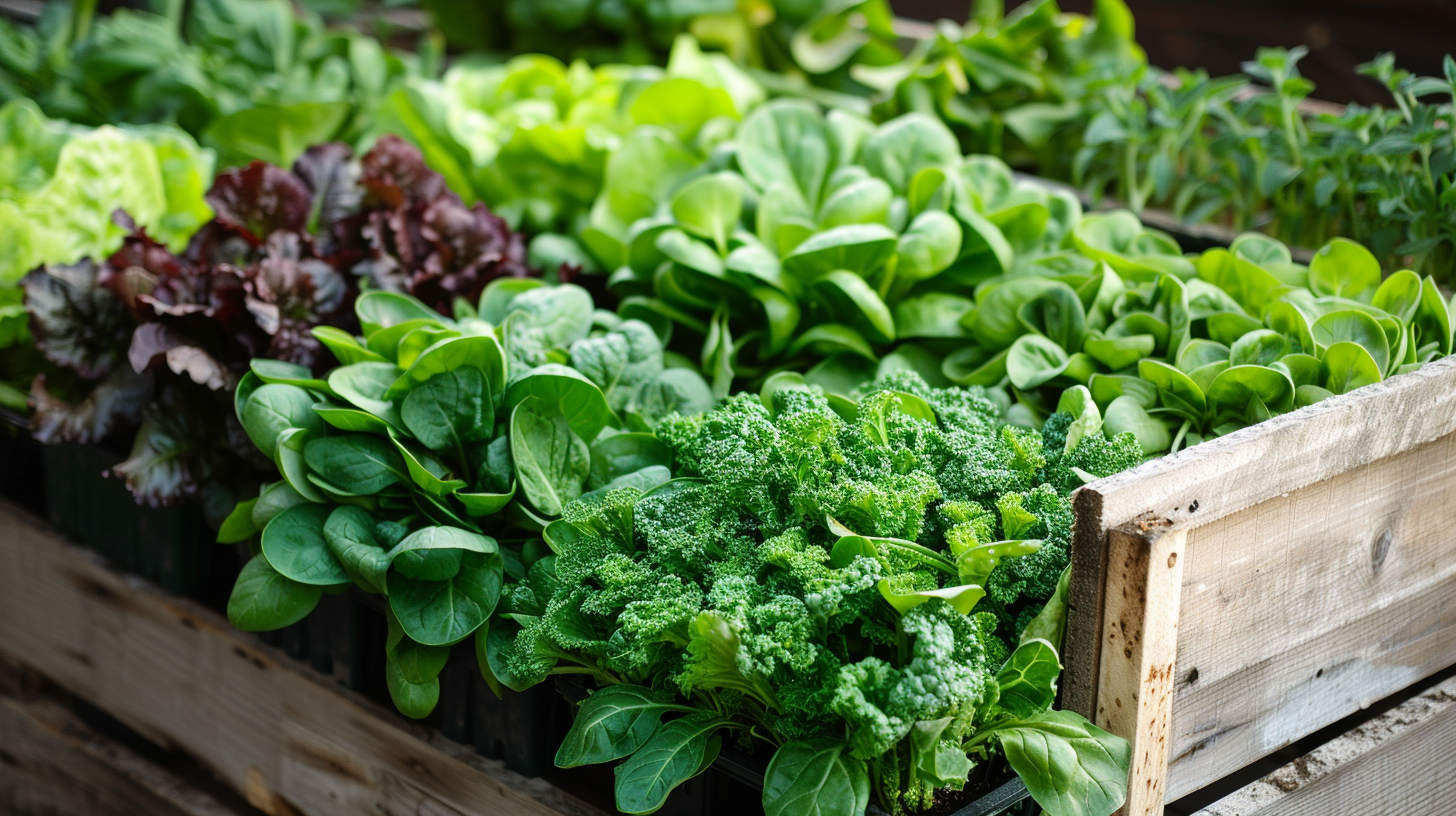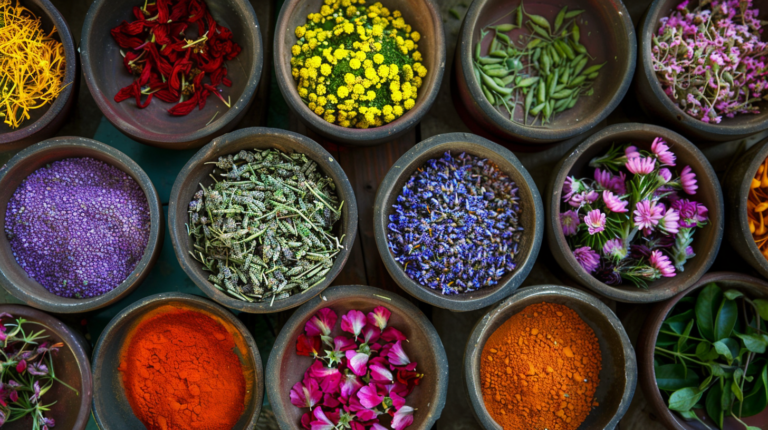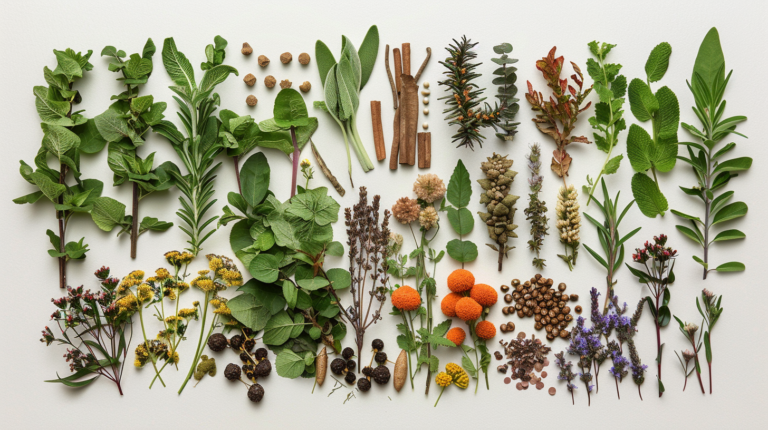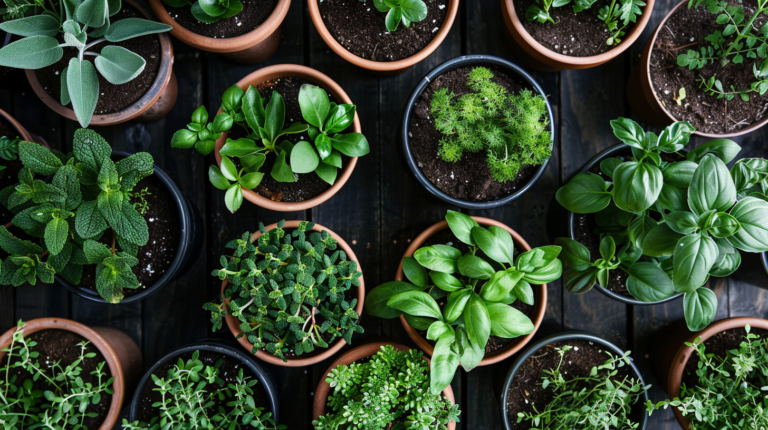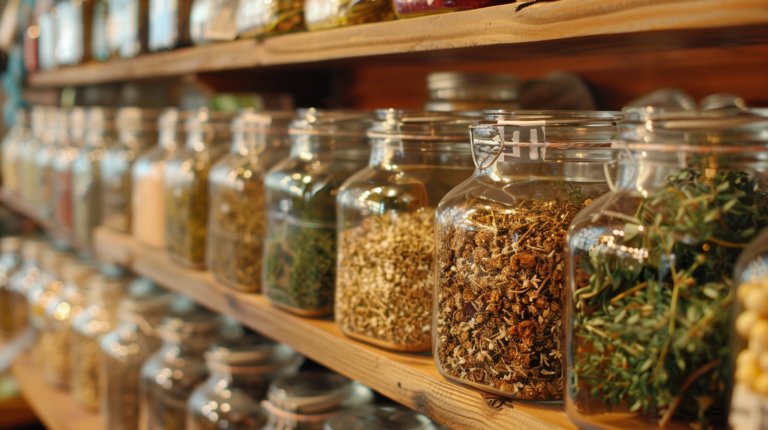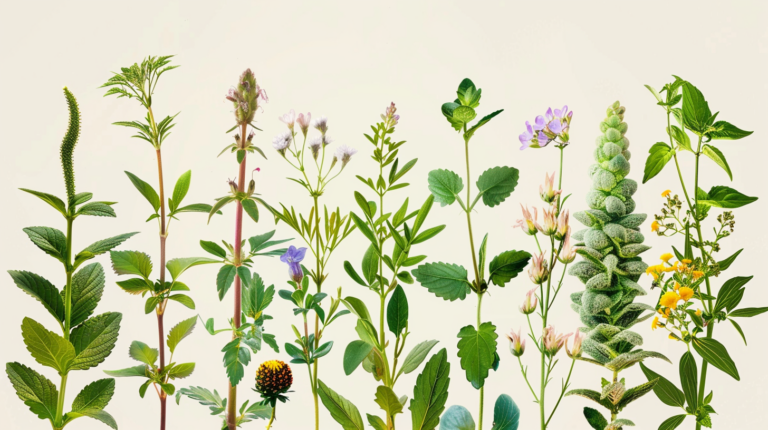Top Nutritious Plants to Grow: Boost Your Health with These Picks
Are you tired of store-bought vegetables that lack flavor and nutrients? Many of us face the challenge of finding foods packed with essential vitamins and minerals, only to be disappointed by their bland taste and questionable freshness. This issue not only affects our taste buds but also our overall health. Imagine trying to boost your immune system or manage your blood pressure with lackluster produce—it simply doesn’t work!
But what if I told you there’s a way to ensure that the vegetables on your plate are loaded with nutrients, packed with flavor, and as fresh as it gets? The solution lies in learning about the most nutritious plants to grow right in your garden. These plants are rich in essential vitamins like vitamin A, C, and K, as well as minerals such as calcium and iron. Plus, growing your own nutrient-dense foods means you’ll have a bountiful supply of the healthiest options, from Kale and Spinach to Sweet Potatoes and Blueberries, all while enjoying the benefits of gardening. Get ready to transform your garden into a haven of health!
The Most Nutritious Plants to Grow in Your Garden
Leafy Greens and Vegetables
Kale
- High in vitamins A, C, and K
- Easy to grow in various climates
- Great for salads, smoothies, and soups
Oh, kale! This leafy green is like the royalty of the vegetables in my garden. Not only is it easy to grow (even for beginners), but it’s also incredibly versatile. I love tossing some fresh kale into my morning smoothies or adding them to a hearty soup. The health benefits are immense. It’s a powerhouse of nutrients, giving you vitamin A, C, and K. Here’s a tip: kale thrives in cooler weather, so consider planting it in early spring or fall. It’s like it knows exactly how to fit into your gardening schedule. And don’t get me started on its anti-inflammatory properties; it’s like nature’s way of saying, “I’ve got your back.”
Spinach
- Rich in iron and calcium
- Quick-growing and perfect for cooler seasons
- Versatile in many dishes
Spinach is one of those greens that’s not just nutrient-dense but also incredibly hardy. It’s rich in iron and calcium, making it perfect for those looking to boost their intake of essential minerals. I often find myself throwing handfuls of spinach into just about anything—salads, stir-fries, even my morning omelette. And it’s a blessing for impatient gardeners because it grows quickly and is ideal for cooler seasons.
Swiss Chard
- Loaded with vitamins K, A, and C
- Rainbow varieties add color to your garden
- Can be harvested multiple times
Swiss chard is like the chameleon of the garden world, with its vibrant colors and nutrient-dense leaves. Packed with vitamins K, A, and C, it’s a versatile green that’s not just beautiful but also incredibly beneficial. The rainbow varieties are particularly stunning, adding a splash of color to your garden. And the best part? Swiss chard can be harvested multiple times during the growing season, giving you a consistent supply of fresh greens.
Root Vegetables
Sweet Potatoes
- Great source of beta-carotene
- Thrives in warm seasons
- Ideal for baking and fries
Sweet potatoes are the epitome of comfort food, offering a hefty dose of beta-carotene, which is fantastic for your vision and immune system. They thrive in warm seasons, so make sure to plant them after the last frost. They’re incredibly delicious when baked or turned into fries. My personal favorite is a sweet potato hash in the mornings—talk about starting the day right!
Beets
- Rich in folate and fiber
- Easy to grow in small spaces
- Edible leaves and roots
Beets are a double win: you get both tasty greens and hearty roots that are rich in folate and fiber. These beauties are easy to grow, even in smaller garden plots or containers. Beets prefer cooler weather, so plant them in early spring or fall. And don’t toss those beet greens—they are packed with nutrients and can be sautéed just like spinach.
Carrots
- Excellent source of vitamin A
- Prefers loose, sandy soil
- Delicious raw or cooked
Carrots are classic garden staples, loaded with vitamin A, which is excellent for your vision and skin. They prefer loose, sandy soil, which allows their roots to grow straight and long. Whether you enjoy them raw, roasted, or added to soups and stews, carrots are a versatile and nutrient-dense choice.
Fruits and Berries
Strawberries
- Packed with antioxidants and vitamin C
- Can be grown in containers or garden beds
- Produces fruit in the first year
Strawberries are the garden’s candy—sweet, juicy, and packed with antioxidants and vitamin C. They can be grown in containers or garden beds, making them versatile for any garden setup. Plus, they often produce fruit in the first year, giving you a quick reward for your efforts. I find nothing more satisfying than plucking a fresh strawberry and popping it straight into my mouth!
Blueberries
- High in vitamin C and K
- Requires acidic soil
- Perennial plant that yields fruit year after year
Blueberries are like tiny bursts of joy packed with vitamin C and K. They do require acidic soil to thrive, so you may need to amend your garden soil or use pots filled with the right mix. Once established, they are perennial plants, yielding delicious fruit year after year. And they freeze well, so you can enjoy their goodness even in the off-season.
Herbs
Basil
- Rich in vitamins A and K
- Easy to grow in warm climates
- Perfect for pesto and seasoning
Basil is a fragrant and flavorful herb that’s not just for Italian dishes. It’s rich in vitamins A and K and is easy to grow in warm climates. I often grow several varieties, from sweet basil to Thai basil, each adding its unique flavor to my dishes. Fresh basil leaves make amazing pesto, and there’s nothing better than a caprese salad with home-grown basil.
Parsley
- High in vitamin K
- Thrives in both sun and partial shade
- Great for garnishing and adding flavor
Parsley often gets relegated to a mere garnish, but this nutrient-dense herb is so much more. It’s high in vitamin K and thrives in both sun and partial shade. I love adding parsley to salads, soups, and smoothies. And it’s not just the flat-leaf variety; curly parsley is equally versatile.
Tips for Growing Nutritious Plants
Choosing the Right Soil
- Ensure good drainage and use organic compost
- Test soil pH for optimal plant health
- Rotate crops to maintain soil fertility
Watering and Maintenance
- Water deeply and less frequently
- Use mulch to retain moisture
- Regularly check for pests and diseases
Harvesting and Using Your Produce
- Harvest at peak ripeness for best flavor and nutrition
- Store produce properly to extend shelf life
- Get creative with recipes to utilize fresh produce
Tips for Growing Nutritious Plants
Choosing the Right Soil
- Ensure good drainage and use organic compost
- Test soil pH for optimal plant health
- Rotate crops to maintain soil fertility
Choosing the right soil is crucial for growing nutrient-dense plants. The soil must have good drainage, and adding organic compost will give your plants the rich nutrients they need to thrive. Testing the soil pH ensures that each plant gets the right balance of minerals. And don’t forget to rotate your crops; it’s like giving your soil a well-deserved spa day, helping it stay fertile and healthy season after season.
Watering and Maintenance
- Water deeply and less frequently
- Use mulch to retain moisture
- Regularly check for pests and diseases
When it comes to watering, less is more. Deep, infrequent watering is ideal for encouraging roots to grow deeper. Using mulch can help retain soil moisture and suppress weeds, making your gardening life a lot easier. Also, keep an eye out for pests and diseases to catch any issues early before they become a problem. You’d be amazed at how a little maintenance goes a long way towards growing nutrient-dense foods.
Harvesting and Using Your Produce
- Harvest at peak ripeness for best flavor and nutrition
- Store produce properly to extend shelf life
- Get creative with recipes to utilize fresh produce
Harvesting at the peak ripeness ensures you get the best flavor and maximum nutrients from your vegetables. Proper storage is essential to extend the shelf life of your produce, allowing you to enjoy the fruits of your labor for longer. And don’t be afraid to get creative in the kitchen. A fresh kale salad, a basil pesto, or a beetroot smoothie—your options are endless when you grow your own nutritious foods.
Gardening is not just a hobby; it’s a way to cultivate health and well-being right in your backyard. Growing these nutrient-dense vegetables and herbs like kale, spinach, sweet potatoes, and basil can turn your garden into a powerhouse of health benefits. Remember, the key to thriving plants is choosing the right soil, maintaining proper watering schedules, and knowing the best time to harvest your produce for optimal nutrition. So get your hands dirty and enjoy the numerous benefits that come with nurturing these delightful garden treasures.
